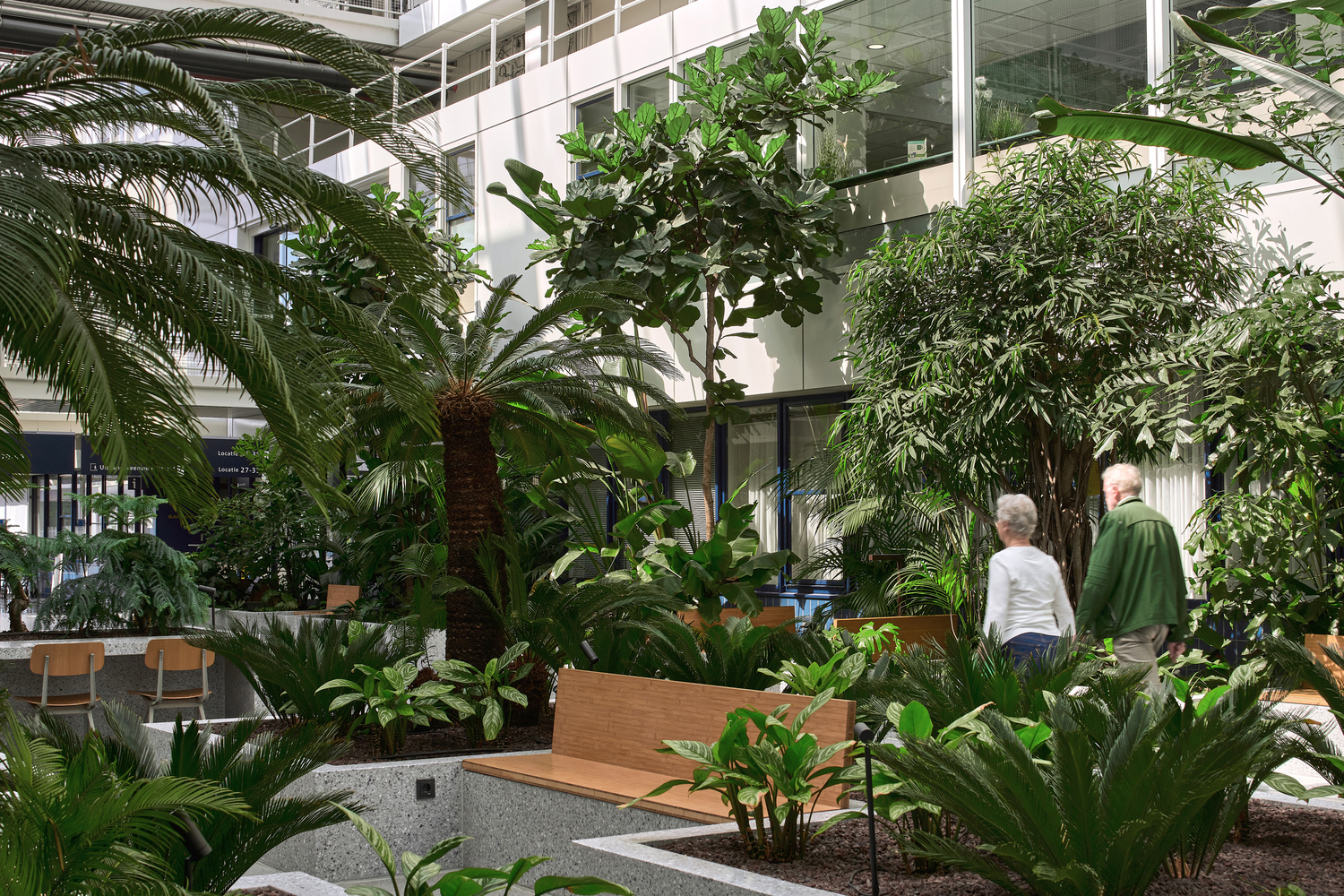How nature helps in healing hospitalised patients, plus more headlines

For PropertyGuru’s news roundup, incorporating natural elements into hospital designs is crucial, creating green spaces that support patients facing physical or mental challenges. In other news, here’s a helpful and thorough guide for Indians considering renting their homes. And lastly, children of migrant Cambodian workers are victims of climate change.
Green therapy: How does nature contribute to healing hospitalized patients?
Connection with nature has become increasingly important in architectural theory and practice in recent years, especially after the COVID-19 pandemic, which emphasized the role of natural environments in healing. During this time, many scientific studies highlighted the positive effects of green spaces on human well-being, whether in workplaces, homes, or urban areas. With these proven benefits, it is clear that incorporating natural elements into hospital designs is crucial, creating spaces that provide vital support for patients facing physical or mental challenges.
While the calming and uplifting effects of nature are widely recognized, scientific studies are essential for guiding design decisions in hospital environments. Beyond simply offering a pleasant view, the therapeutic benefits of landscaped areas can include interactive elements. ArchDaily cites that ‘healing gardens’ can help patients gain a sense of independence, promote social interaction, provide opportunities for physical activity, and offer natural distractions.
India: Renting your house? Know the various ways you can do it
There are numerous advantages linked with real estate investments. The most compelling of them all is the property’s potential to generate rent.
There are many benefits to renting your house, and there are various ways for Indians can rent their homes. Housing.com provides a thorough and helpful guide to those considering renting their house.
Children of migrants in Cambodia bear the brunt of climate change, says report
A new report, released by World Vision on 5th September and reported in The Phnom Penh Post, highlights the devastating impact of climate change-induced migration on children across Southeast Asia, with Cambodia emerging as a particularly hard-hit country. The study, conducted in partnership with the Stockholm Environment Institute (SEI), paints a troubling picture of the emotional, educational and social toll on children who are left behind when their parents are forced to migrate in response to worsening climate conditions.
Cambodia’s northwestern province of Battambang, particularly the Phnom Proek district, has been disproportionately affected by environmental changes. With two-thirds of workers employed in agriculture, the region has seen a surge in migration as families grapple with severe economic pressures.
692,000 Cambodians were estimated to be living in Thailand as migrant workers by 2020. A significant portion of these migrations are irregular, complicating the exact count.
The Property Report editors wrote this article. For more information, email: [email protected].
Recommended
6 green real estate projects reshaping Asia’s future
Developers are being incentivised to push a green agenda into daring new realms
ARES White Paper Volume 3: The era of adaptive reinvention
Pioneering sustainable and innovative practices in urban development
ARES White Paper Volume 2: Unravelling the power of data revolution in real estate
Insights on proptech, smart cities, and sustainable development
ARES Digital White Paper Volume 1: The fundamentals of responsible building
Green and climate heroes join forces to discuss how Asia Pacific can weather the current environmental crises and the looming effects of climate change






